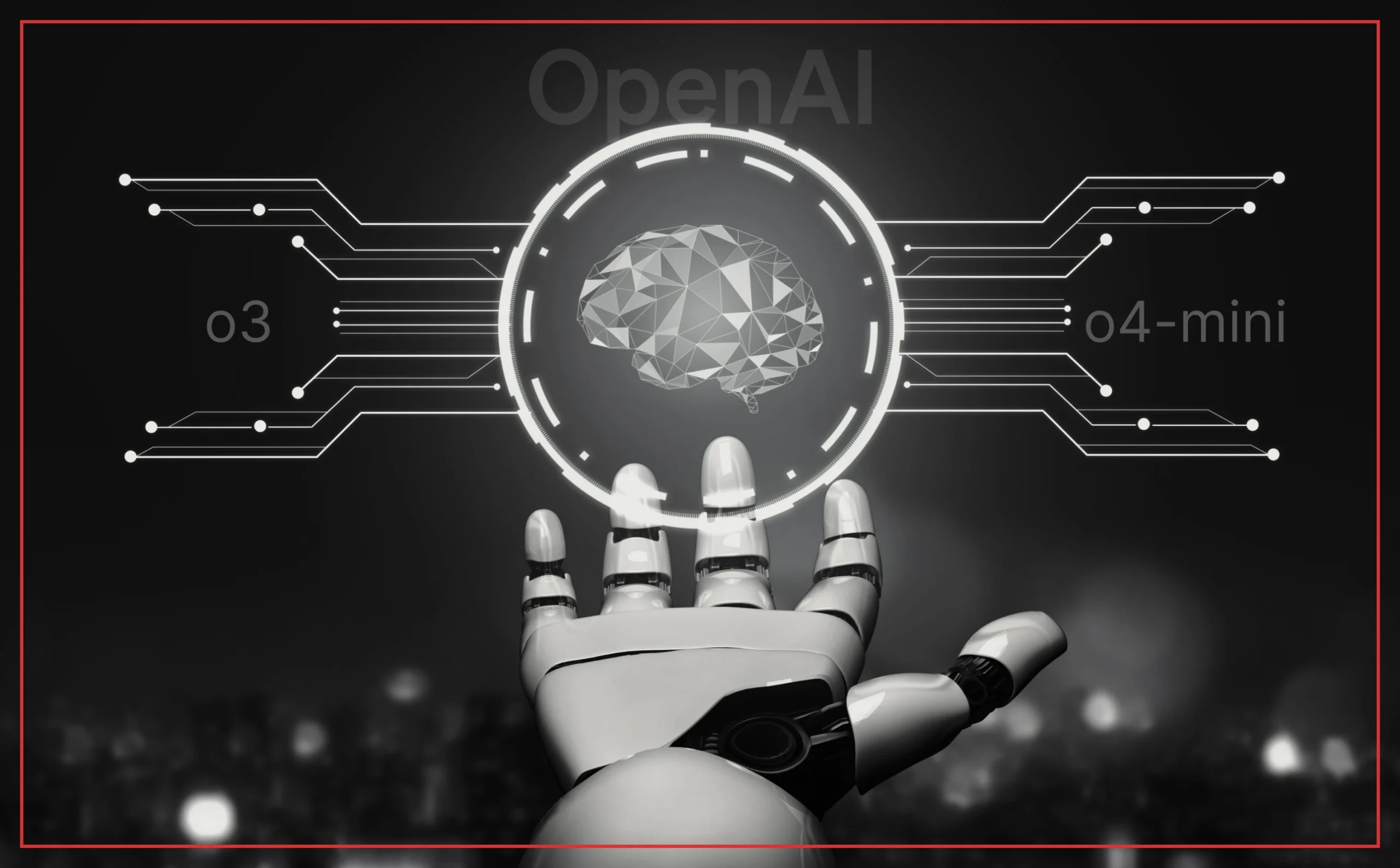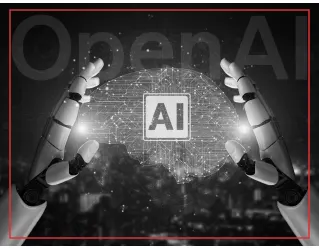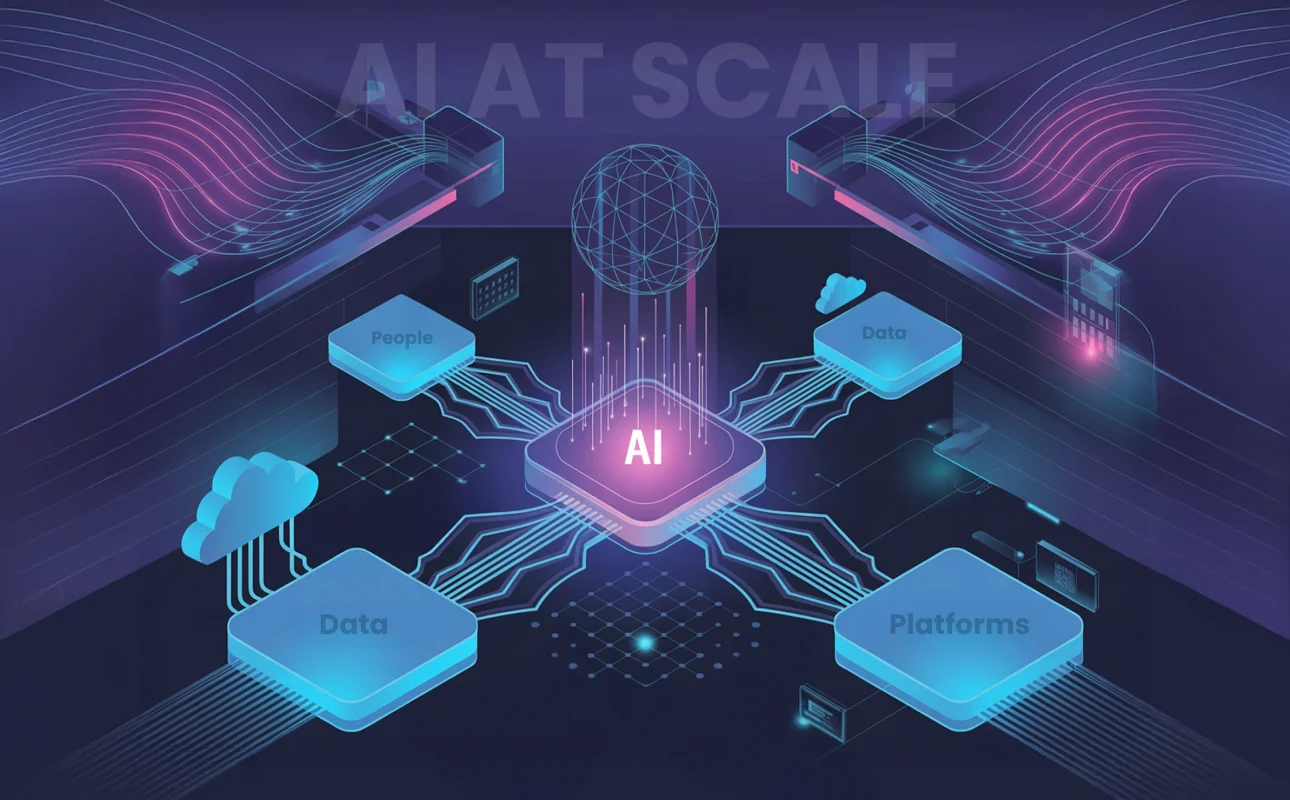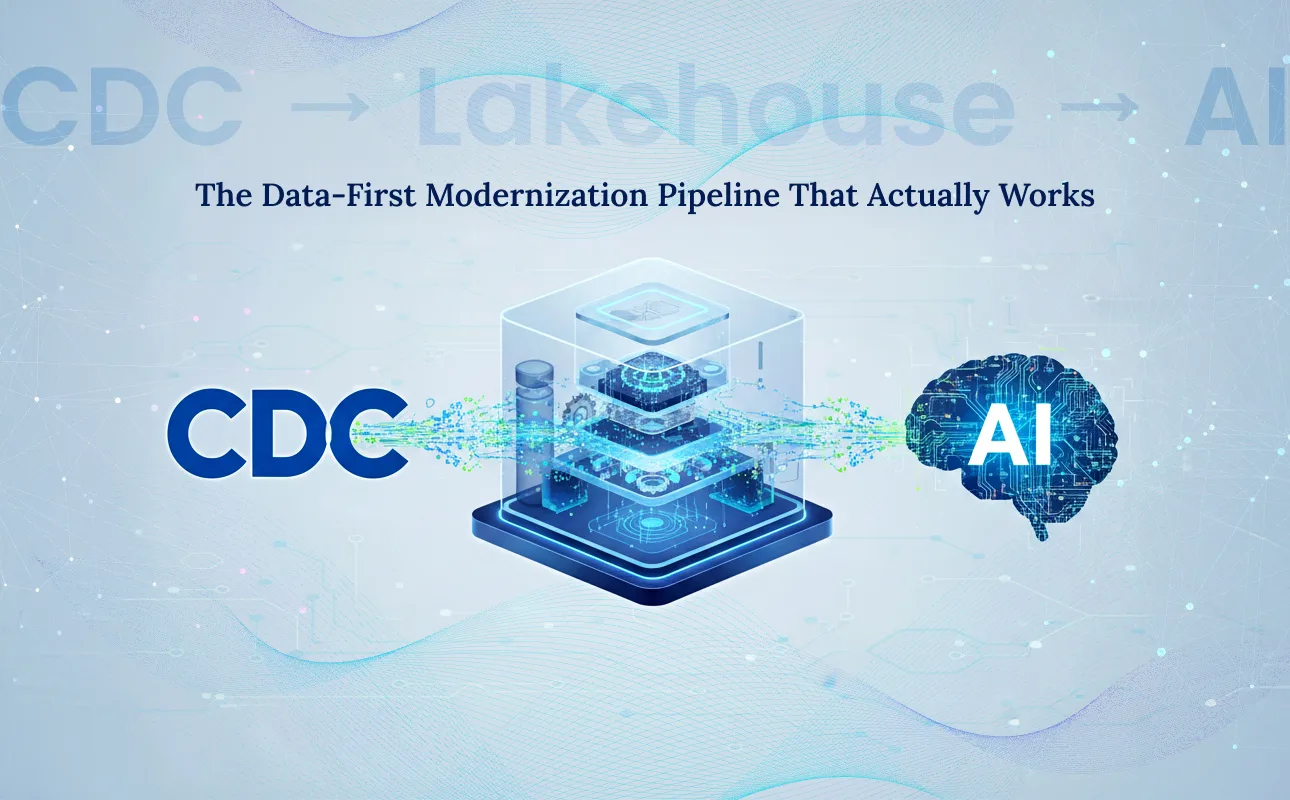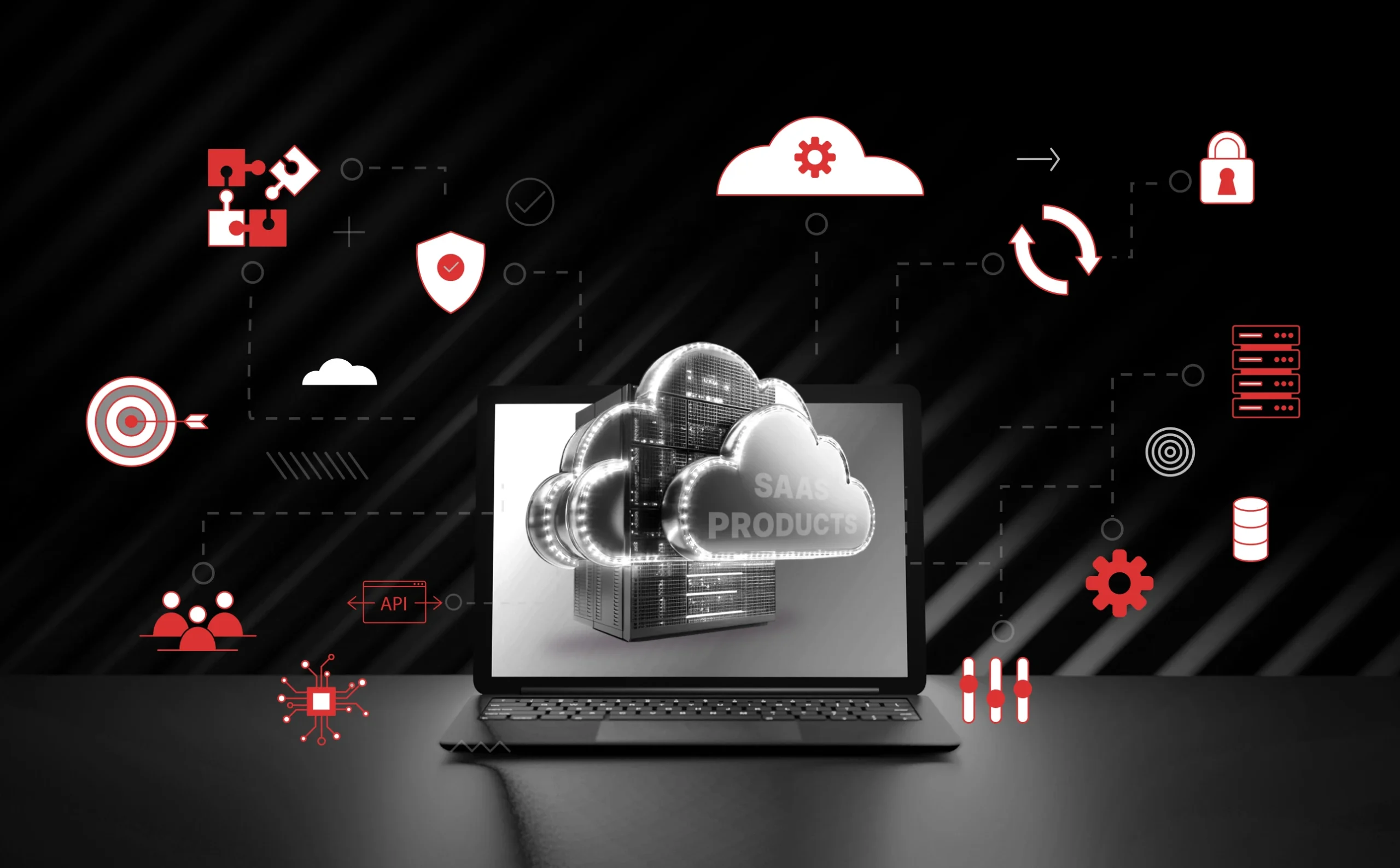Artificial intelligence is rapidly becoming the household name in the tech world. This powerful technology has helped businesses to gain revolutionary benefits from quicker decisions and smarter automation. As a result, they are empowered to create and deliver tailored customer experiences.
However, while many enterprises are gaining benefits from OpenAI development services, many businesses are still stuck with rigid systems following pre-set patterns. What businesses need now are AI reasoning models that can think, learn, and adapt—just like humans do.
That’s where OpenAI technologies are rewriting the rules.
With the launch of OpenAI o3 and o4-mini, enterprises finally have tools designed not just for answering queries but for reasoning, strategizing, and understanding complex multimodal data in real-time. These new models are bridging the gap between traditional machine learning and true enterprise-grade intelligence.
In this blog, we’ll explore how these advanced models are transforming enterprise AI solutions, how they work, what makes them different, and how you can integrate them into your business.


